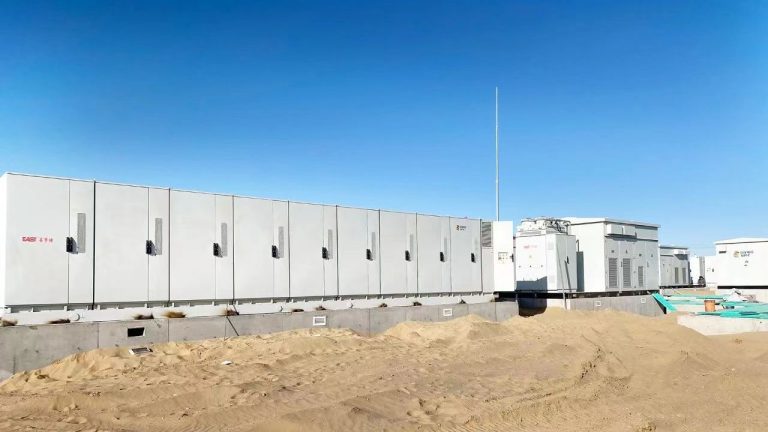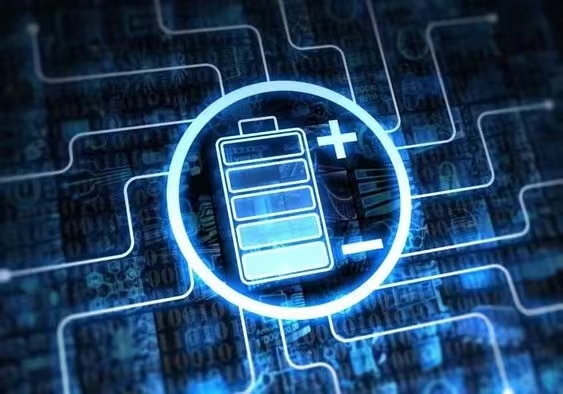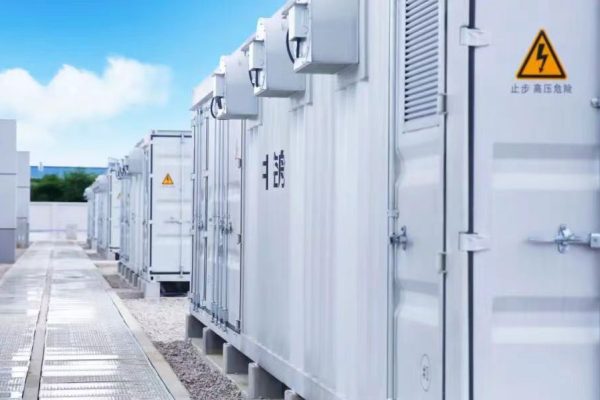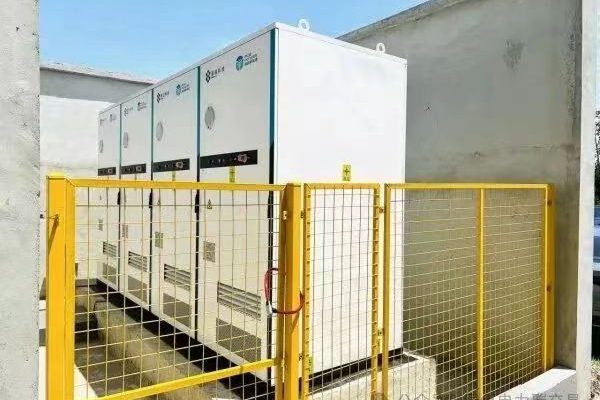How to Balance Energy Security, Cost, and Practicality in Residential and SME Applications
1. Introduction
As interest in solar + storage systems rises, many users—especially in areas with unreliable grids—ask the same question:
Can I run my home or small business entirely off batteries for several days in a blackout?
At first glance, multi-day backup sounds attractive. But is it truly practical? Or is it overkill for most users?
This article explores when multi-day backup makes sense, what it takes to achieve it, and how technical partners can guide customers to smart, realistic energy solutions without over-designing the system.
2. Understanding “Multi-day Backup”
“Multi-day backup” generally means the battery can run critical or full loads for 48–72 hours or more, without solar input or grid connection.
Key assumptions often include:
- No sunlight (cloudy or nighttime)
- Full disconnection from grid
- Normal or near-normal consumption by user
This scenario is usually imagined for:
- Remote homes or off-grid cabins
- Small businesses in unstable-grid regions
- Medical or cold storage applications
- Disaster preparedness or resilience-focused users
But the power demand and battery capacity needed are often underestimated.
3. How Much Battery Do You Really Need?
🔢 Basic Example: Residential Scenario
- Daily usage: ~15 kWh
- Backup duration: 3 days
- Required usable storage: 15 × 3 = 45 kWh
- Assuming 90% DOD: Total capacity ≈ 50 kWh
- Typical battery cost: ~$400–500/kWh → $20,000–25,000
🔌 Also needed:
- Hybrid inverter ≥ 5–10 kW
- EMS or load control logic
- Solar PV for recharge (if available)
💡 Conclusion: Most residential users cannot justify this cost for rare blackout events unless they have specific needs.
4. SME Example: Cold Storage or Server Room
- Critical load: 10 kW
- Runtime needed: 2 full days
- Total energy: 10 kW × 24 h × 2 = 480 kWh
- Requires large-scale cabinet or container system
- Backup generators may be cheaper or more flexible
🧠 As a trade partner, your role is to run the numbers with the customer—not just quote large batteries.
5. When Multi-day Backup Makes Sense
✅ Remote Off-grid Sites
No utility connection; batteries + PV are the only option
✅ Critical Load Applications
Hospitals, telecom stations, IT servers, cold chain
✅ Regions with Frequent, Prolonged Blackouts
e.g. certain parts of Africa, Southeast Asia, South Asia
✅ Government or NGO Funded Projects
Where energy security outweighs ROI
6. When It’s Probably Overkill
❌ Grid-tied users with occasional outages
1–2 hour blackout ≠ need for 3-day backup
❌ Cost-sensitive residential users
They often need basic night-time support, not full autonomy
❌ Clients with genset fallback
Diesel generators may cover longer outages more economically
7. Alternative: Smart Partial Backup
Instead of full multi-day backup, consider these cost-effective solutions:
🔋 Tiered Load Backup
Only back up:
- Lights
- Fridge
- Router
- Fan or selected outlets
This reduces required battery size by 60–80%.
☀️ Solar-Assisted Recharge
If the system includes PV, even low winter sunlight can extend autonomy without massive battery banks.
⏰ Time-Based Load Shedding
Use EMS to limit loads or auto-suspend high-power appliances after first day of outage.
8. What Can a Technical Trade Partner Do?
💼 Unlike traditional exporters focused on volume, a technical trade partner can:
- Analyze actual load and backup needs
- Recommend hybrid inverters with EMS features
- Bundle cost-effective battery + inverter + cabinet packages
- Provide control logic (e.g. battery discharge priorities)
- Help customers balance cost and coverage, not just “go big”
🧩 Most projects don’t need 3-day backup—but they do need someone to explain what’s realistic.
9. Recently Published Articles You May Like
- 👉 Integrating EV Charging with Residential Battery
- 👉 How to Select a Storage Inverter for Small-Scale Projects
- 👉 How to Build Trust as a Non-R&D Technical Partner
10. Conclusion
Multi-day backup systems are achievable—but in most cases, they are not necessary or economical. With realistic expectations and smart system design, homeowners and small businesses can enjoy energy security without overspending.
Your job as a trade partner is not to sell the largest battery, but to deliver the smartest system.









